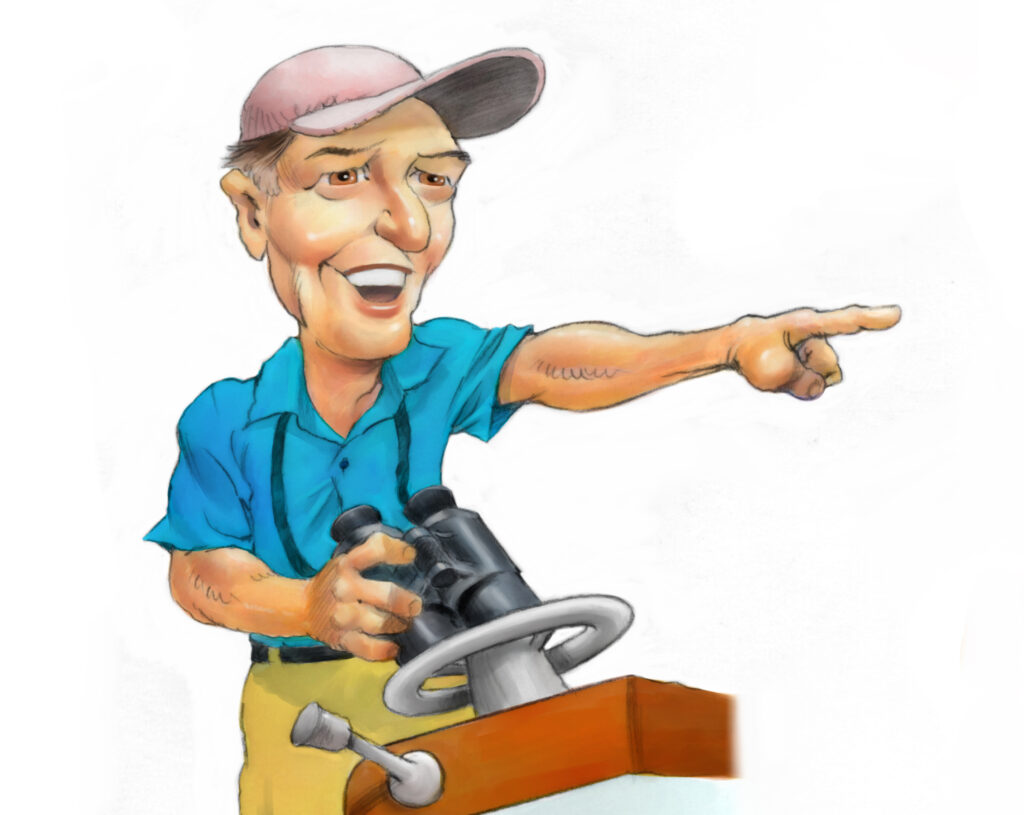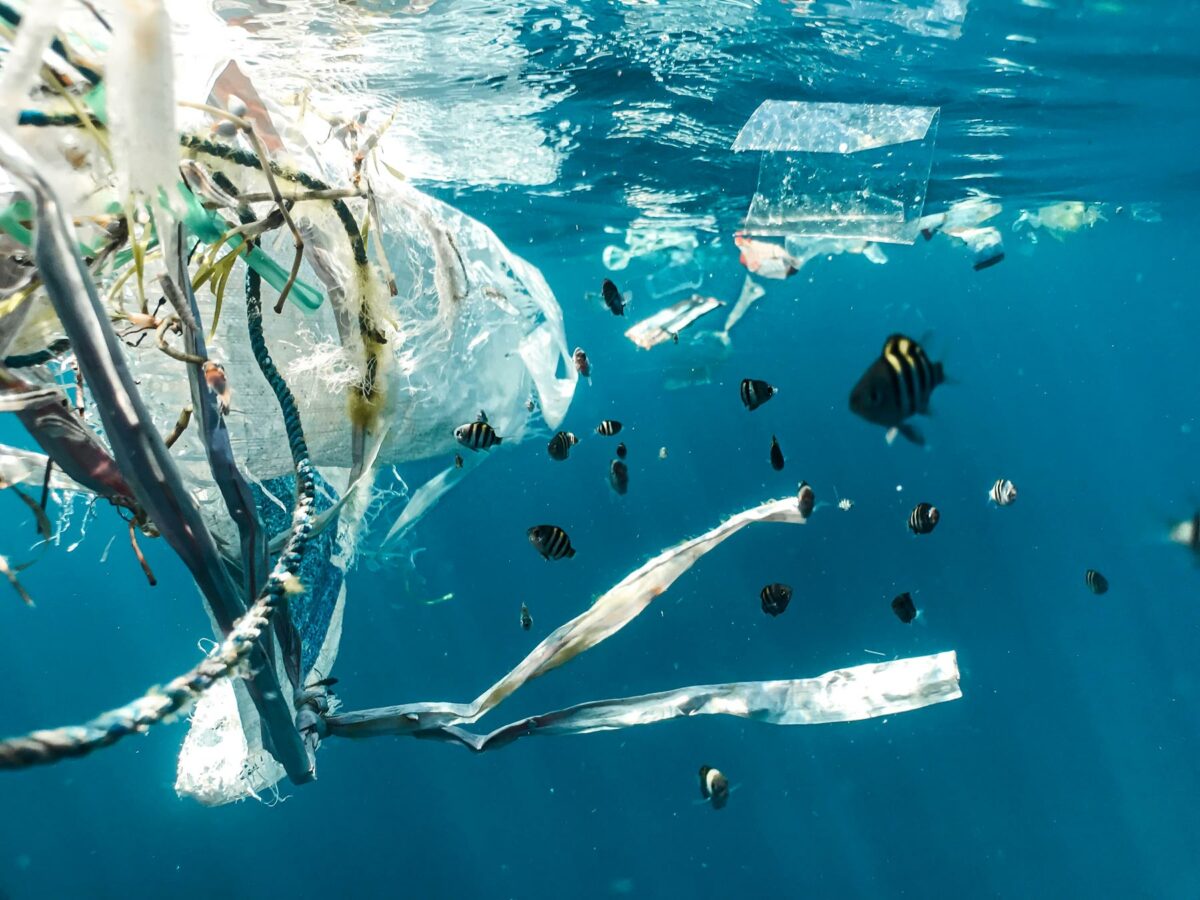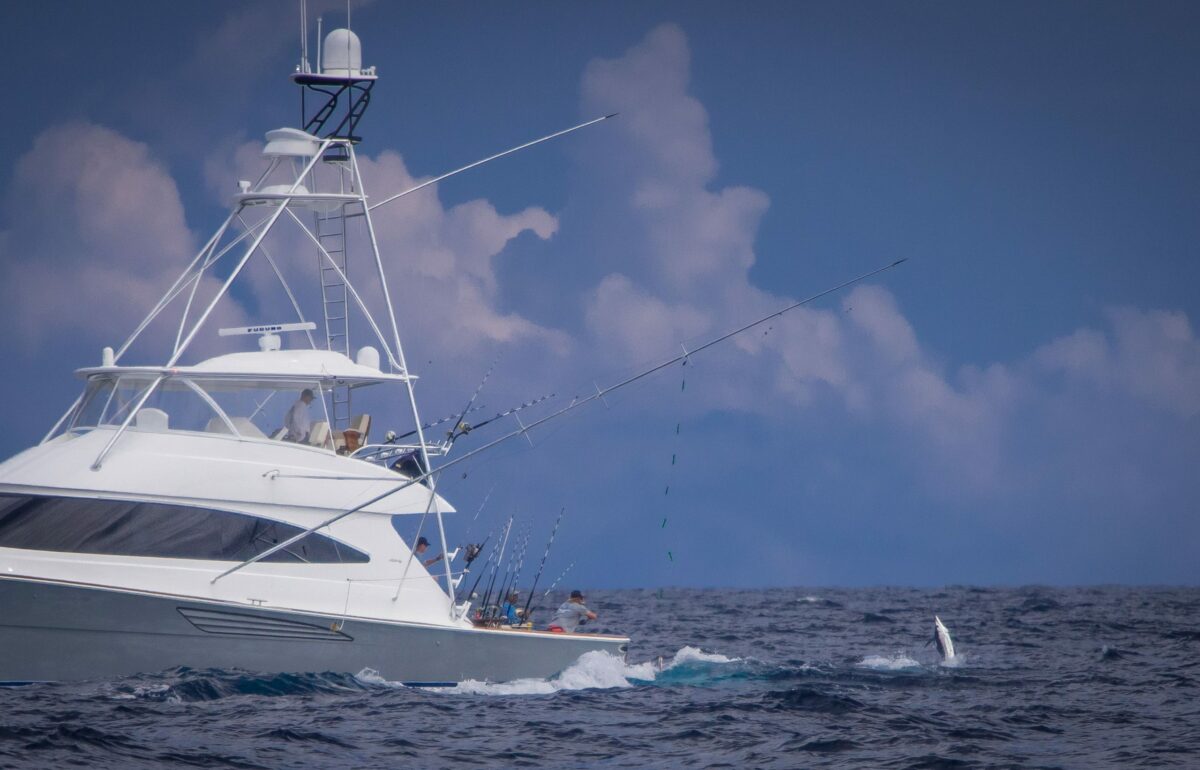Table of Contents
Introduction to Carbon Neutrality in Sportfishing
Conservation is a concept spliced into Wes Carter’s DNA from an early age, both personally and professionally. His grandfather, avid freshwater fisherman and famed fishing writer W. Horace Carter, as well as his dad Rusty, a longtime recreational angler, instilled the value of being a good steward of the outdoors into Wes, who now owns and billfishes from his Wrightsville Beach, North Carolina docked 61’ Spencer, Stream Weaver.
Pioneering Sustainability: Atlantic Packaging’s Leap Towards Ocean Conservation
Today, as the third-generation president of Wilmington, North Carolina-headquartered Atlantic Packaging, the largest privately held industrial packaging company in North America, Wes is so sustainability-minded that he’s launched initiatives aimed at reducing plastic packaging and founded A New Earth Project, a collaboration between the packaging supply chain and global surf and outdoor communities aimed at reducing plastic waste in the oceans. It was a chance to talk about these initiatives that landed Wes as a guest on Rick Crawford’s The Sustainable Angler podcast in May 2021. Rick runs Emerger Strategies, a Charleston, South Carolina, company that helps businesses emit fewer greenhouse gasses, and has worked extensively with the fly-fishing community. Wes and Rick soon teamed up and in the past year have turned Stream Weaver into what they consider the world’s first carbon-neutral sportfisher.
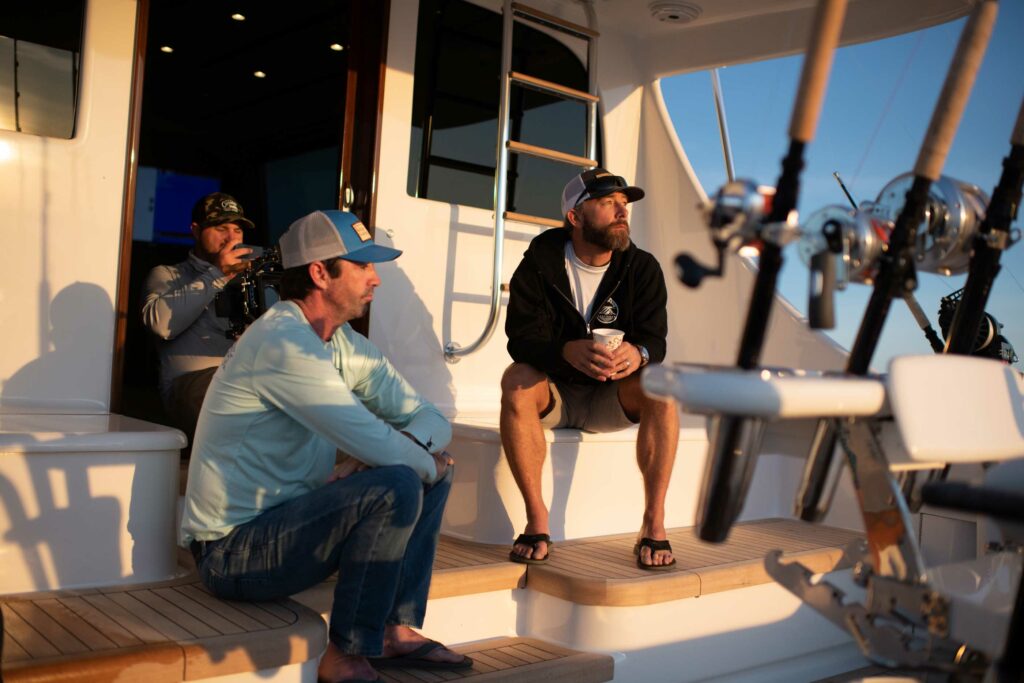
“Those of us who’ve been in sportfishing for any length of time can attest that the amount of plastic we see in the ocean today is far greater than it was 10 or 15 years ago,” says Wes, who first mackerel fished with his dad on an 18-foot Boston Whaler Outrage, which he still owns and fishes off with his 9-year-old twins, moved up to a Rybovich Rybo-Runner Center Console 30 as a teen and caught his first blue marlin at age 16 in the Big Rock Blue Marlin Tournament. “I think we can also say that the population of sport fish in certain parts of the world is being impacted by climate change. I feel like the sportfishing community, all of these boat owners up and down the East Coast, have an incredible influence, and I wanted to make a statement with our team, our crew and our boat. We wanted to be at the forefront of advocating for more sustainability and conservation from the sportfishing community.”
Sportfishing’s Impact and Ocean Conservation
Plastic pollution and other trash in the oceans is a significant problem. Additionally, while minimizing carbon impact on the water has been a priority in the commercial boating world, it’s less common among the recreational sportfishing community. In other words, there’s less thought about the deoxygenation caused by boats happening below the surface. Recent reports show that rising nutrient loads, coupled with climate change, are changing the ocean’s chemistry. This is impacting the environment and vulnerable species, including prized catch-and-release billfish like blue marlin.
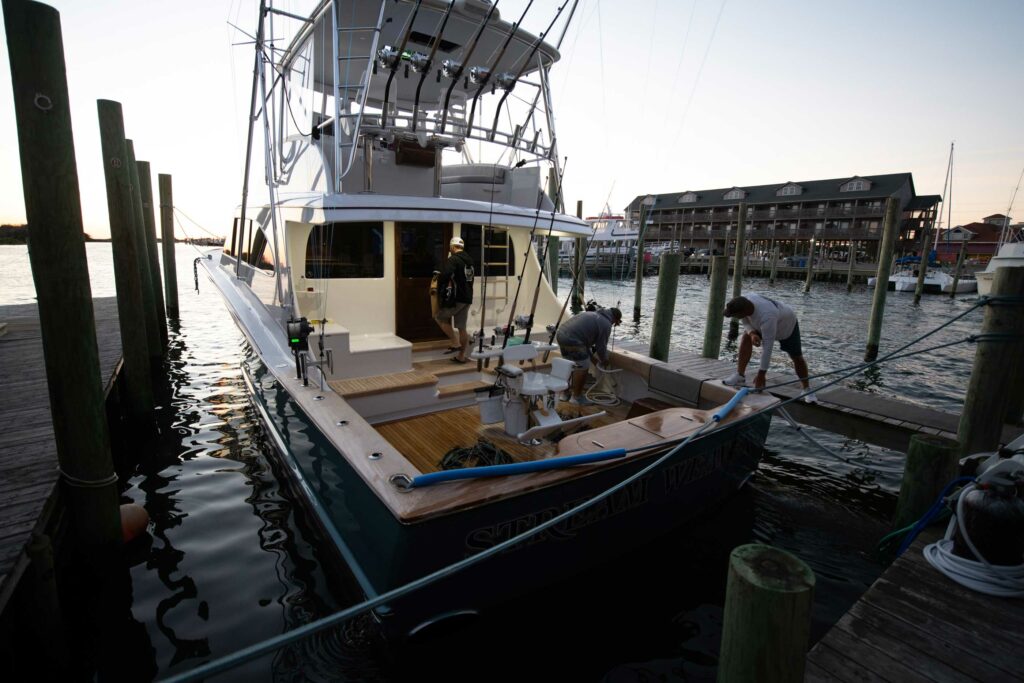
Reducing Waste on Stream Weaver
Turning a conventional sportfisher into a zero-waste and carbon-neutral program, as Wes wanted, takes a three-step process, according to Rick. “It’s measure, reduce and offset. Explained this way, it’s easy for people to get their heads around it. So the first thing we did with Stream Weaver was to measure its carbon footprint. You can’t manage what you haven’t measured. Once we had a baseline of what the carbon footprint was, then the pathway to carbon neutrality was relatively easy because at that point, we started to execute strategies to reduce the footprint. In a perfect world, you’d measure this annually and adjust your strategies accordingly.”
The first measurement on Stream Weaver was of waste. A one-day waste audit showed two fishing lines, 52 cans, four plastic bottles, 58 plastic packages, 47 napkins/paper towels, 15 paper plates and organic waste like food leftovers all discarded. In all, this amounted to about 10 pounds. Multiplied by 50 fishing days, this equals 500 pounds of waste generated annually. Solutions Wes and his crew took to reduce and eliminate this waste centered on changing purchasing decisions for the boat. For example, opting for reusable bottles in place of plastic bottles and cans, stocking reusable towels instead of paper, and buying snacks in bulk to eliminate lots of small bags. Thus, 45 percent was recyclable, and 55 percent composted, creating a minuscule carbon footprint from this waste.
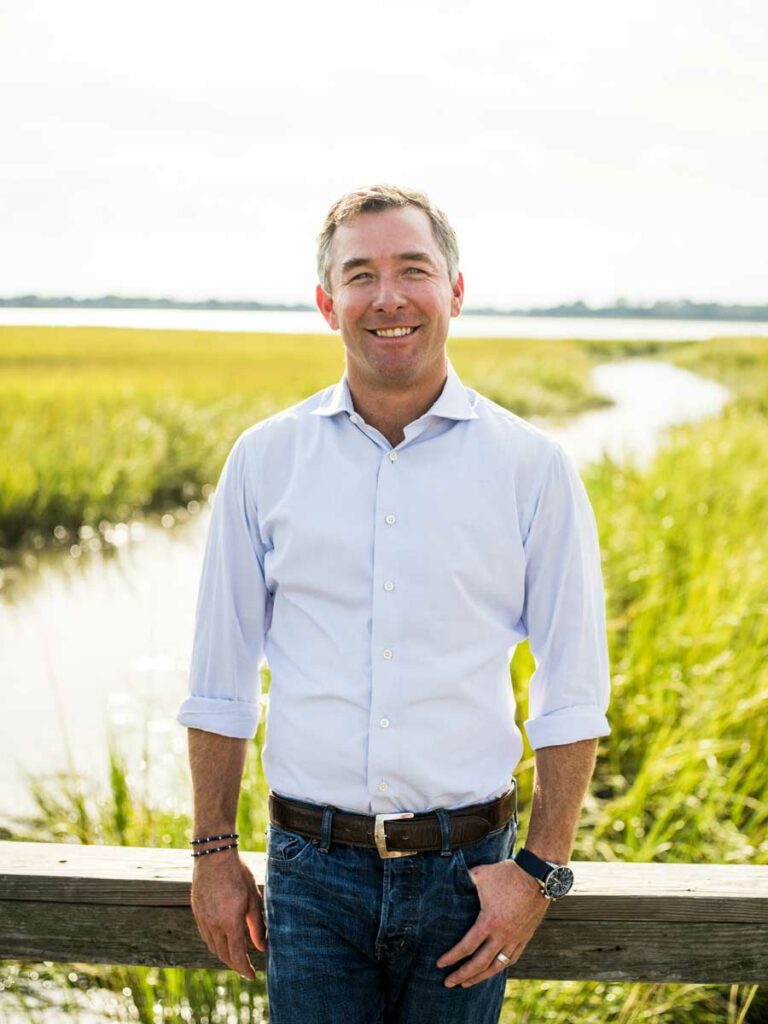

Stream Weaver’s Greenhouse Gas Audit
Carbon footprint is defined by the U.S. Environmental Protection Agency as “the total amount of greenhouse gases that are emitted into the atmosphere each year by a person, family, building, organization, or company. A person’s carbon footprint includes greenhouse gas emissions from fuel that an individual burns directly, such as by heating a home or riding in a car. It also includes greenhouse gases that come from producing the goods or services that the individual uses, including emissions from power plants that make electricity, factories that make products, and landfills where trash gets sent.”
Rick calculated a greenhouse gas inventory on Stream Weaver to find the total amount of greenhouse gas emitted into the atmosphere by the vessel. This is based on the GHG (Greenhouse Gas) Protocol Corporate Accounting Standard and measures emission sources such as the boat and generator fuel, purchased electricity like that used at the dock, purchased goods and services, fuel- and energy-related activities, waste generated in operations, business travel, and employee commuting. The data for this inventory, especially when using a spend-based method, is an administrative function that makes use of readily available sources like fuel logs and purchase receipts.
The result is that in 2021, Stream Weaver’s carbon footprint was 393.98 mtCO2e.

Achieving Carbon Neutrality: The Stream Weaver Story
Since it wasn’t possible to go back in time to employ strategies to reduce the vessel’s footprint for that year, Wes purchased 400 mtCO2e nature-based carbon credits or offsets, thus achieving carbon neutrality for Stream Weaver.
He bought these for $15,000 from Sea of Change. This is a blue carbon project that is planting 6 million mangroves in Myanmar. Mangroves remove carbon as well as save fish-rich shorelines and help local communities. The project reduces 184,006 tons of emissions annually.
Sportfishing Carbon Neutrality Initiatives
The beauty of measure, reduce, offset is that it doesn’t affect fishing success, says Wes. “If we go out and start advocating to make changes to fishing tackle, that stuff can be dead on arrival if fishermen feel like it puts them at a disadvantage. But going zero-waste and carbon neutral doesn’t make it any less likely to get that bite, fight and release. In fact, not having as much trash in the bottom of the boat, less clutter, may actually be a small benefit. Instead, this is all about acknowledging that we as sportfishermen have a significant environmental footprint, and as sportfishermen, we have a responsibility to come together with the common goal of being a strong voice for conservation and doing whatever we can to offset the impact. For example, what if 500 sportfishing boats in the East Coast fleet all put $15,000 to $20,000 per boat into climate revitalization or projects to rebuild estuaries? That type of impact would be really significant.”
Looking Ahead
What’s next? For more individual sportfishing programs to become zero-waste and carbon neutral. And perhaps the creation of a Sportfishing Climate Alliance. Rick founded the Fly-Fishing Climate Alliance, an association of fly-fishing guides, shops, lodges, brands and nonprofits all committed to net-zero greenhouse gas emissions by 2050. The same could be done on the offshore saltwater side.
Strategies for Reducing Carbon Footprints
“The largest component of a sportfisher’s carbon footprint is the diesel that it burns for fuel, and second is purchased goods and services,” says Wes. “To fix this, maybe together we could find ways to increase demand for biodiesel. According to one source, this change could significantly reduce every sportfisher’s carbon footprint by 86 percent compared to regular diesel. As for goods and services, what if the sportfishing community went to tackle suppliers and asked for gear produced by manufacturers with a reduced carbon footprint. And then we supported those businesses who are doing the right thing?”
The creation of a greater level of awareness is also key, adds Rick. “What if every single saltwater fishing tournament was plastic-free and zero-waste? Maybe refillable water stations rather than plastic bottles. Maybe compostable dishware at the outdoor banquets. Maybe recycling and compost stations set up next to the garbage bins. Events like the Big Rock Blue Marlin Tournament, Ocean City White Marlin Open and Pirates Cove Big Game Tournament, for example, are so big that if they made these types of changes, it would send a message to the rest of the sportfishing community and generate positive momentum.
One boat in the whole fleet really can’t make a huge impact, Wes concludes. “However, we, Stream Weaver,can be the spark that begins the momentum for a movement. That’s my goal,” says Wes.
This article appeared in a previous issue of our InTheBite Sportfishing Magazine. If you like this, you’ll love reading our magazine published 8x a year. Subscribe today and get a 50% discount.
Don’t Forget to Check Out Our Sportfishing Job Board! Did You Know? It’s the perfect platform for seeking skilled captains and mates. Whether you’re on the hunt for your dream team or looking to join one, your next big adventure begins here. Explore the opportunities now! Click Here
Dive Deeper into the World of Sportfishing
Unlock Exclusive Savings: Enjoy 50% Off Your Subscription!
Are you ready to explore the thrilling world of sportfishing from the comfort of your home? Subscribe now and embark on a journey filled with captivating stories, expert insights, and insider tips. Choose between our digital or print edition and secure an incredible 50% discount on your subscription.
Subscribe today and get ready for an adventure like no other. Click here to subscribe and elevate your sportfishing experience with InTheBite Sportfishing Magazine.







